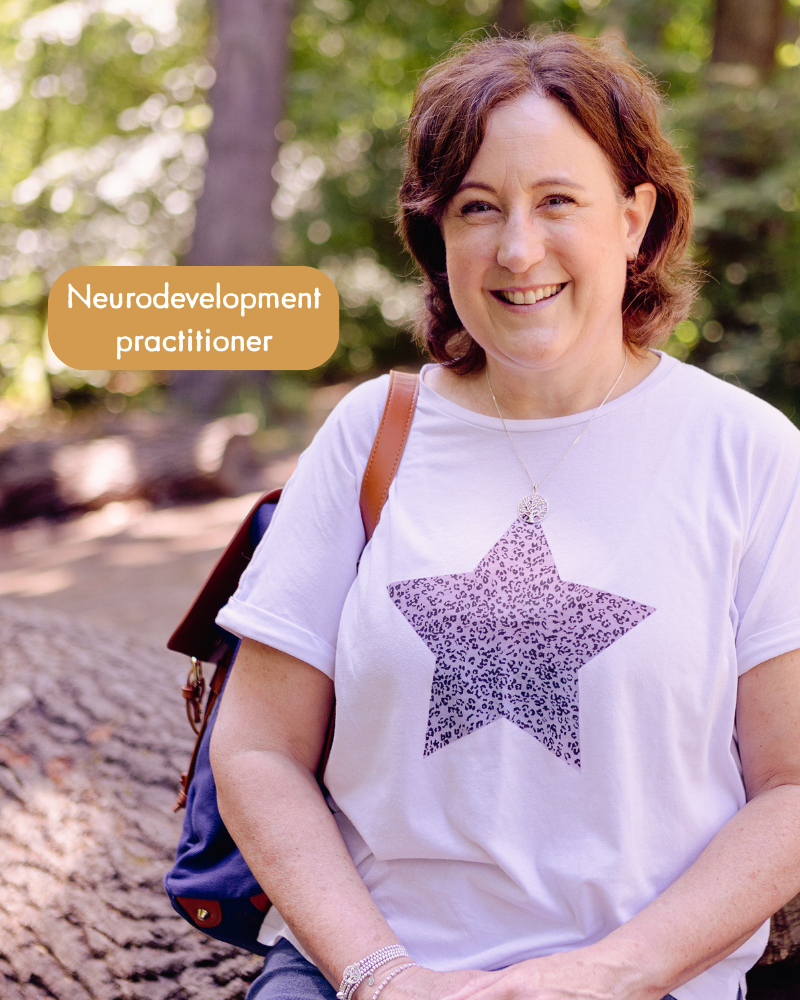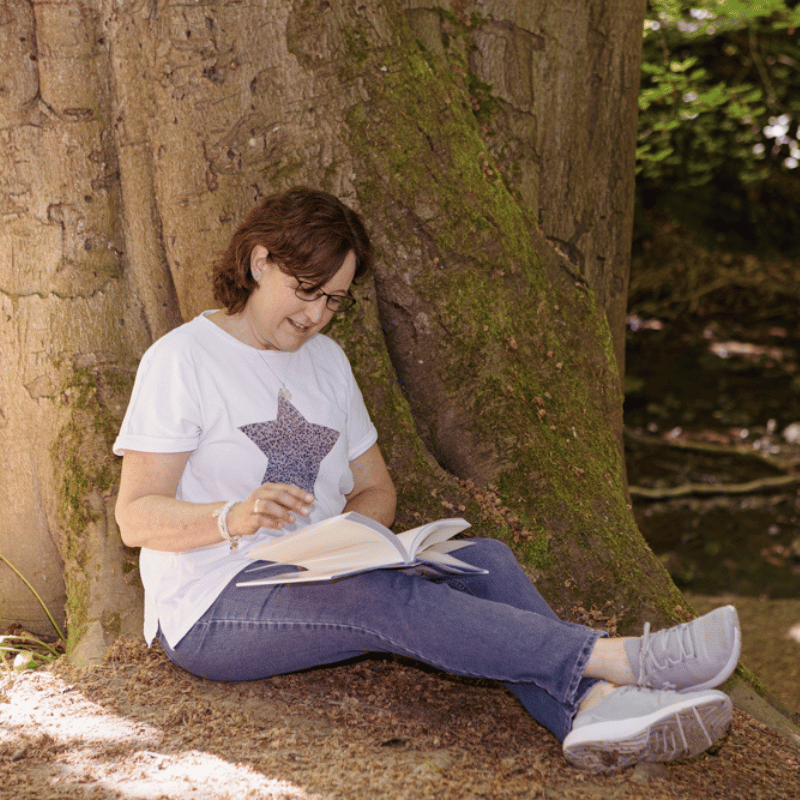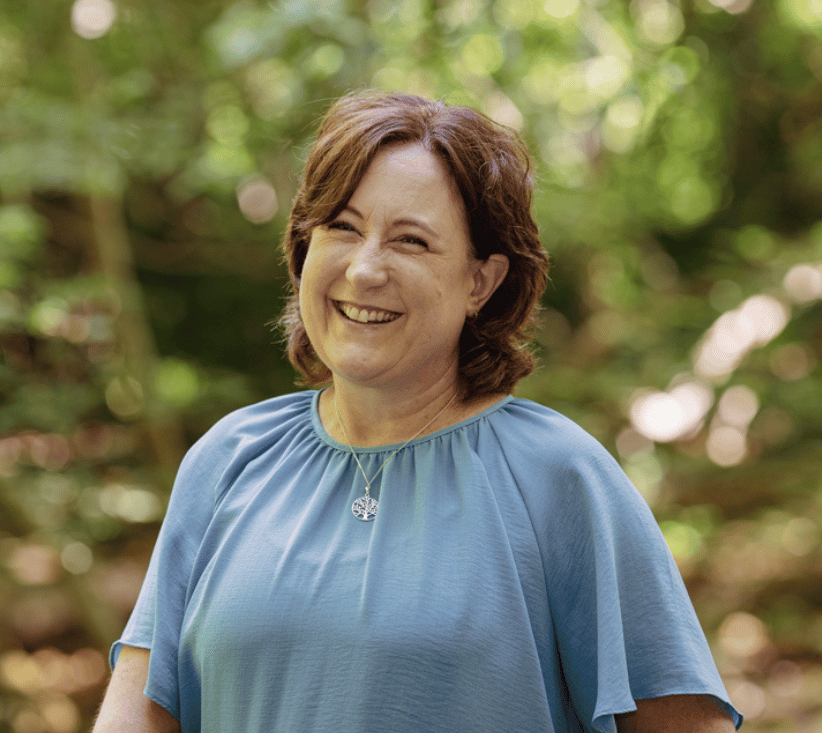Primitive Reflex Integration Therapy



To help integrate these reflexes, we offer a primitive reflex integration therapy which is done through a rhythmic movement programme designed to gently strengthen brain-body connections and support your child’s overall development.
What are primitive reflexes?
Primitive reflexes are automatic movements that babies are born with. These reflexes help them survive and grow during the early months of life for example, the sucking reflex helps with feeding, and the grasp reflex helps them hold on to things.
As a child develops, these reflexes are typically replaced by more mature, controlled movements. This natural process allows for better balance, coordination, focus, and emotional regulation.
However, sometimes these early reflexes don’t fully integrate. When this happens, they’re called retained primitive reflexes and they can continue to affect development, learning, and behaviour long after infancy.
What is neurodevelopment?
Neurodevelopment refers to the progression of brain functions, starting with sensory processing through to auditory and visual development, emotion regulation, and higher-level cognitive skills like reading and writing. This process begins in the body with movement, and relies on strong connections between the brain and body.
Higher-level learning is interrupted if these foundational movement patterns and brain-body connections are not solid.
The good news is that simple rhythmic movements can help integrate the infant reflexes and strengthen brain-body connections. This creates a solid foundation to support advanced learning and development.
How does the programme work?
When these reflexes remain active beyond this time, they can disrupt the development of higher brain functions and impact learning, coordination, and emotion regulation.
Using rhythmic movement, this programme works to gently stimulate the central nervous system, encouraging the integration of these reflexes.
The movements mimic natural patterns from early development, helping to strengthen connections between the brain and body. This process lays a solid foundation for improved sensory processing, motor skills, and cognitive function.
The approach is non-invasive and simple to implement at home.
Price
£229 for a pre-assessment questionnaire, a physical in-person assessment, a written report and one follow-up appointment.
It is £70 per follow-up appointment thereafter (1 per month).
What can you expect?
The process is tailored to your child’s needs, with progress monitored through regular check-ins to reassess and adjust the programme as needed. Over time, these movements help integrate retained reflexes, supporting your child’s overall development.
Results typically require several months of consistent practice, depending on the reflexes involved.

Who you'll be working with

When you start the Primitive Reflex Integration Therapy with Complex Connexions, you’ll be working with Shelley Farnham, an experienced Neurodevelopment Practitioner who’s trained in rhythmic movement and is the founder of Complex Connexions.
Shelley has experience as a teacher and tutor and has been involved in many interventions focused on handwriting, reading, and similar activities. Over time, she’s come to recognise the transformative impact of addressing the root cause of these challenges, rather than just doing more of what our child is finding difficult.
This means specific movements for our child’s body – this movement is at the root of all their brain and nervous system development.
Primitive reflex integration therapy process

Your journey begins with a free initial chat, where we’ll discuss your child’s needs and determine if rhythmic movement is the right intervention for them. This is also an opportunity where I can answer any questions you have. Book your free initial chat here
In this 60-minute session, I will build a more detailed understanding of your child’s challenges by asking questions about their current struggles and early development history. This information helps me to create a tailored approach for their needs.
In this 45-60 minute session, I’ll work with your child to assess which primitive reflexes may still be active for them. This hands-on assessment guides the development of a rhythmic movement programme for them.
You’ll receive a detailed written report outlining the retained primitive reflexes identified in your child. The report will explain how these reflexes may contribute to their difficulties and include step-by-step guidance for the initial movements to practise at home.
After a week of practising the movements, we’ll meet to check-in. I’ll answer any questions, address any concerns, and likely introduce one or two new movements to continue making progress. We’ll then continue to meet every few weeks to build on this.
Primitive reflex integration therapy process

Your journey begins with a free initial chat, where we’ll discuss your child’s needs and determine if rhythmic movement is the right intervention for them. This is also an opportunity where I can answer any questions you have. Book your free initial chat here

In this 60-minute session, I will build a more detailed understanding of your child’s challenges by asking questions about their current struggles and early development history. This information helps me to create a tailored approach for their needs.

In this 45-60 minute session, I’ll work with your child to assess which primitive reflexes may still be active for them. This hands-on assessment guides the development of a rhythmic movement programme for them.

You’ll receive a detailed written report outlining the retained primitive reflexes identified in your child. The report will explain how these reflexes may contribute to their difficulties and include step-by-step guidance for the initial movements to practise at home.

After a week of practising the movements, we’ll meet to check-in. I’ll answer any questions, address any concerns, and likely introduce one or two new movements to continue making progress. We’ll then continue to meet every few weeks to build on this.
Benefits of rhythmic movement therapy




Why worry about primitive reflexes?
The Pyramid of Learning is a simple way to understand how children develop and learn. It shows that learning builds from the bottom up, starting with how a child’s body processes sensory information, like touch, movement, and balance. This sensory foundation is essential because it supports everything else – like coordination, focus, and problem-solving.
Think of it like building a house, if the foundation isn’t strong, the higher levels, like the walls and roof, will be unstable. Understanding this shows us why addressing sensory and motor development is so important for our child’s overall growth and learning journey.
When primitive reflexes are not integrated, these vital sensory, motor and cognitive skills cannot develop.
Why worry about primitive reflexes?

Think of it like building a house, if the foundation isn’t strong, the higher levels, like the walls and roof, will be unstable. Understanding this shows us why addressing sensory and motor development is so important for our child’s overall growth and learning journey.
When primitive reflexes are not integrated, these vital sensory, motor and cognitive skills cannot develop.
Want to learn more?
Watch Shelley’s introduction to primitive reflexes to learn more about what they are, how to identify them, the rhythmic movement programme process and what results you can expect.
Check out our latest primitive reflexes blogs
Retained primitive reflexes: Signs, causes, and how to address them
Let’s talk about what infant reflexes are; how we can identify these movements in our child’s body and the effects this may be having on their other skills Neurodevelopment refers to the development of the brain. But we cannot leave the body out of this - it is...
Rhythmic movement therapy FAQs
Who is rhythmic movement for?
How long is the rhythmic movement programme?
How much does this programme cost?
It is £70 per follow-up appointment thereafter (1 per month).
Does my child need my support to do the movement programme?
What are primitive reflexes?
Why should I support my child's primitive reflex integration?
What are the benefits of neurodevelopment rhythmic movements?
How long will the movements take each day?
Does rhythmic movement have to be done in person?
For the in-person sessions, I am based in Newcastle upon Tyne, UK.
Will my child enjoy the rhythmic movements?
Rhythmic movement therapy FAQs
Who is rhythmic movement for?
What are the benefits of neurodevelopment rhythmic movements?
How long is the rhythmic movement programme?
How long will the movements take each day?
How much does this programme cost?
It is £70 for each follow-up appointment thereafter (1 per month).
Does rhythmic movement have to be done in person?
For the in-person sessions, I am based in Newcastle upon Tyne, UK.
Does my child need my support to do the movement programme?
Will my child enjoy the rhythmic movements?
What are primitive reflexes?
Why should I support my child's primitive reflex integration?
Not sure if this is the right next step?
You can then make up your own mind on what you want to do next, with no pressure from me.

Types of primitive reflexes
These are some of the main primitive reflexes that cause difficulty for a child when they are not integrated. These can be addressed through simple rhythmic movements.
Fear reflexes – Fear Paralysis and Moro reflexes
Neck reflexes – TNR, ATNR and STNR
Spinal reflexes – Spinal Galant
Hand reflexes – Babkin

Ready to start or want to learn more?
Book your free, 30 minute initial chat with Shelley
✓ Personalised guidance tailored to your needs
✓ No commitment
✓ 100% free, no payment required
Shelley’s approach is both compassionate and learned, and I don’t know how I would have navigated my daughters autism diagnosis without her. Absolutely amazing.
Ready to start or want to learn more?
Book your free, 30 minute initial chat with Shelley
✓ Confidential and supportive environment
✓ Personalised guidance tailored to your needs
✓ No commitment
✓ 100% free, no payment required
Shelley’s approach is both compassionate and learned, and I don’t know how I would have navigated my daughters autism diagnosis without her. Absolutely amazing.

